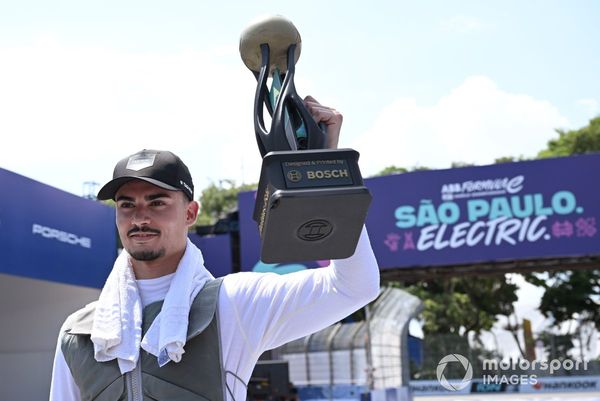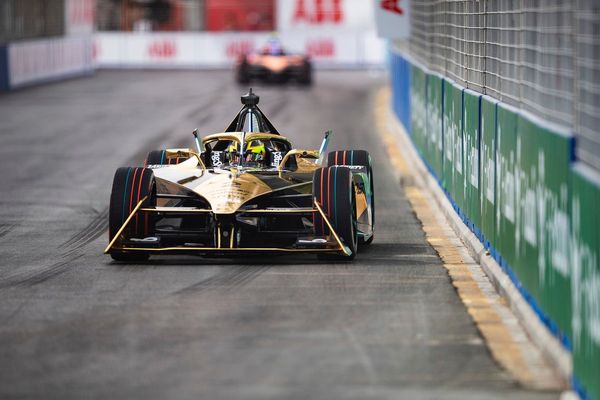
This was the Franco-American team's objective for the weekend: to get both cars to the finish, and of course, if possible, in the points. The two drivers worked well together on the 2.933 km, 11-turn circuit which, with its many straights, demanded a great deal of energy.
Stoffel Vandoorne, who scored his first pole position for DS Penske on the same circuit in 2023, knew this better than anyone. On that occasion, the Belgian driver led more than half the race before being forced to ease off to save his battery, handing victory to Jaguar while having to settle for sixth.
For many weeks, Vandoorne and Jean-Éric Vergne had been working on this track in the simulator with a former Jaguar strategist, Phil Charles, who joined the team after the Mexico race in January. The results may not have been quite what was expected, but both cars showed extremely interesting things for the rest of the season.
Pole position by two-thousandths of a second
At 7:30 a.m. on Saturday, 16 March, it was already 26°C in the air and 30°C on the ground at the São Paulo circuit. These conditions were ideal for fine-tuning the cars ahead of qualifying.
A red flag interrupted the session, but Vandoorne had already had time to place his DS E-TENSE FE23 in second position, less than a tenth of a second behind Sam Bird's McLaren.
In qualifying, on a track that continued to improve and heat up, Vergne initially adopted a wait-and-see stance - within the limits of the regulations, which require a fast lap within the first 6 minutes - while many of the competitors were already in cooling mode. But all things come to those who wait, and when the two DS E-TENSE FE23s came out of the woodwork, Vergne and Vandoorne set the two fastest times in Group A.
Both advanced to the quarter-finals, while championship leader Nick Cassidy failed to make it past the group stages. The first duels went well for the pair, who then found themselves up against each other in the semi-finals. Like last year, Vandoorne qualified for the final, and this time found himself up against the Porsche of Pascal Wehrlein. The DS Penske driver was expected to repeat his feat of 2023, but Wehrlein took the fifth pole position of his Formula E career by two-thousandths of a second.

Building on the data gathered last year and focusing on a more energy-efficient strategy, the two DS Penske drivers set off from second and third on the grid. Over the course of the 34-lap race - 31 + 3 laps for neutralisations - the sweltering heat (35°C in the air, 60°C on the ground) weighed heavily on the cars and their bodies, and each driver tried to get rid of his Attack modes as quickly as possible, the trigger zone of which was quite penalising when driving in a pack (each driver easily lost three to four places).
As the gaps began to open up, the intervention of two safety cars caused the competitors to regroup. Thus ended the race, with six different teams in the top seven places.
At the end of this fourth round of the season, the points scored by Vergne and Vandoorne put DS Penske in third place in the Constructors' championship. Vergne is fourth in the drivers' standings, level on points with third place (Mitch Evans, Jaguar TCS Racing).
The next round of the Formula E World Championship will take place on 30 April, for the first time on the streets of the Japanese megalopolis of Tokyo. This ephemeral circuit, which no one knows physically, will perhaps allow the most experienced teams to distinguish themselves. Last year, between Cape Town (South Africa), Hyderabad (India) and São Paulo, DS Penske scored the most points, ahead of Jaguar and Porsche.










